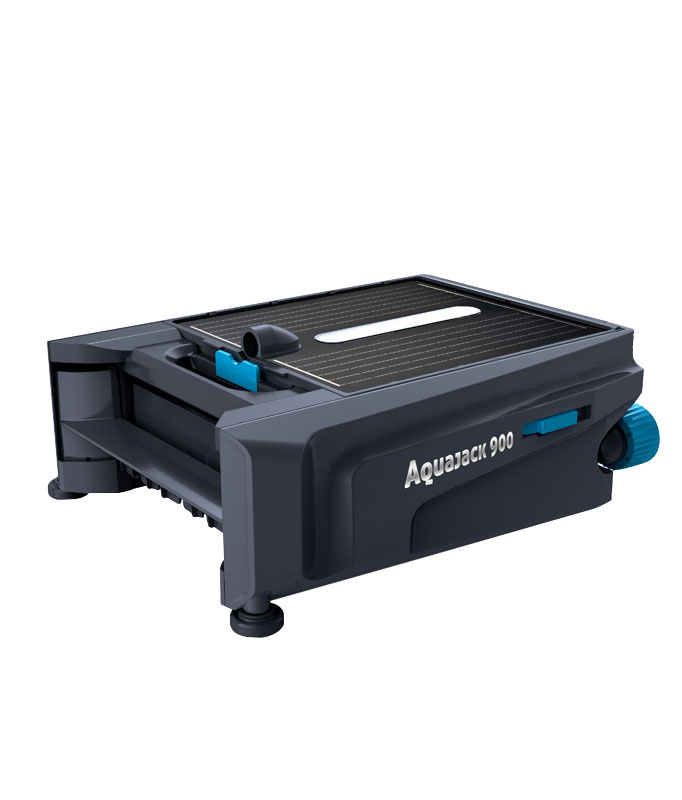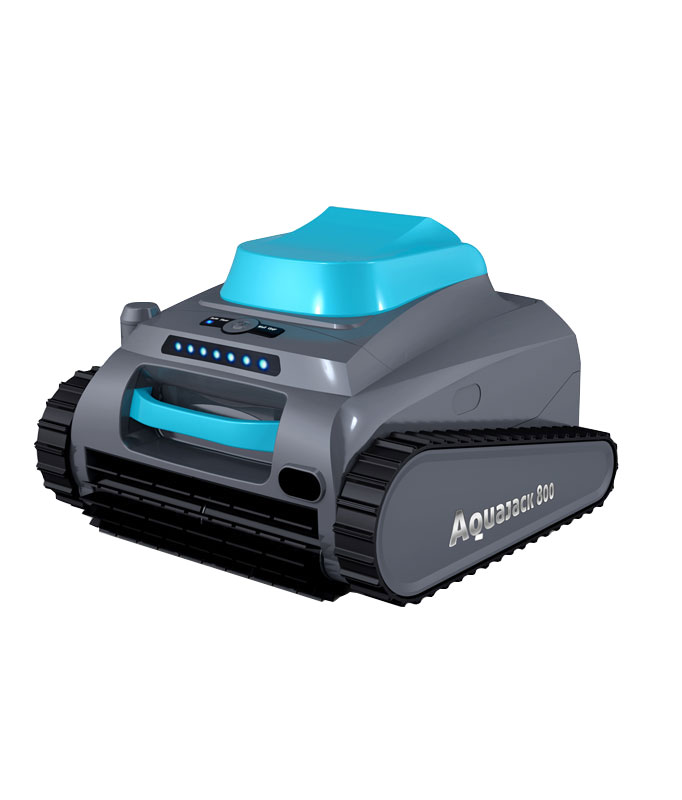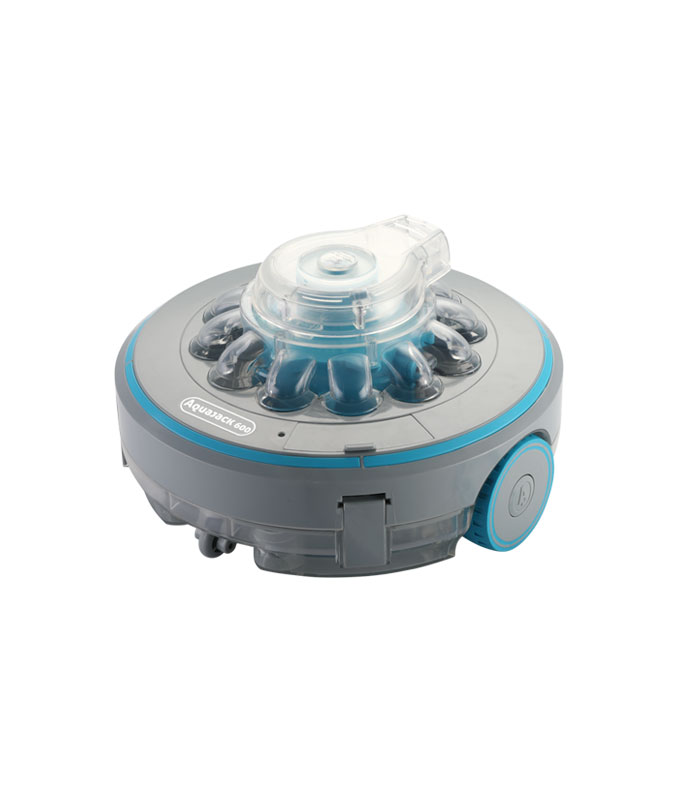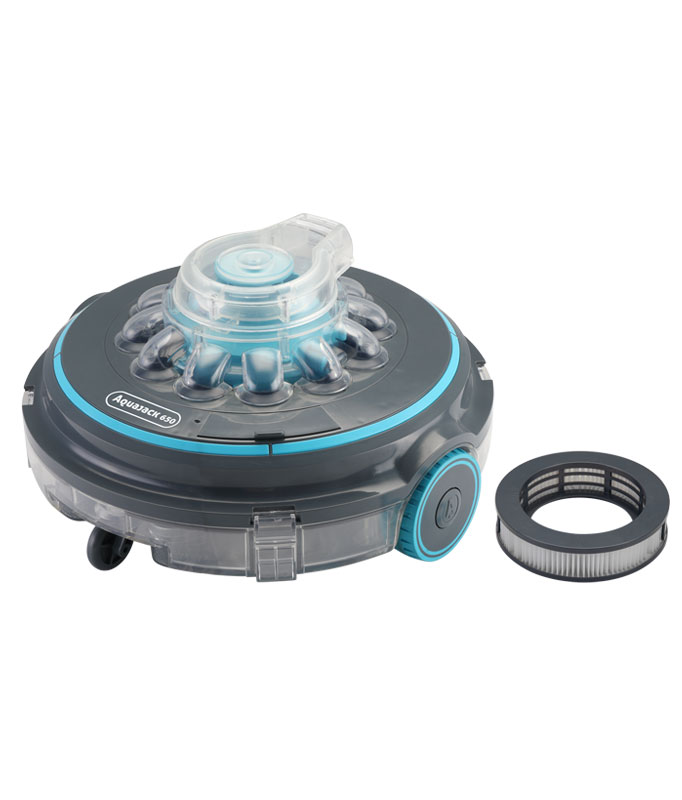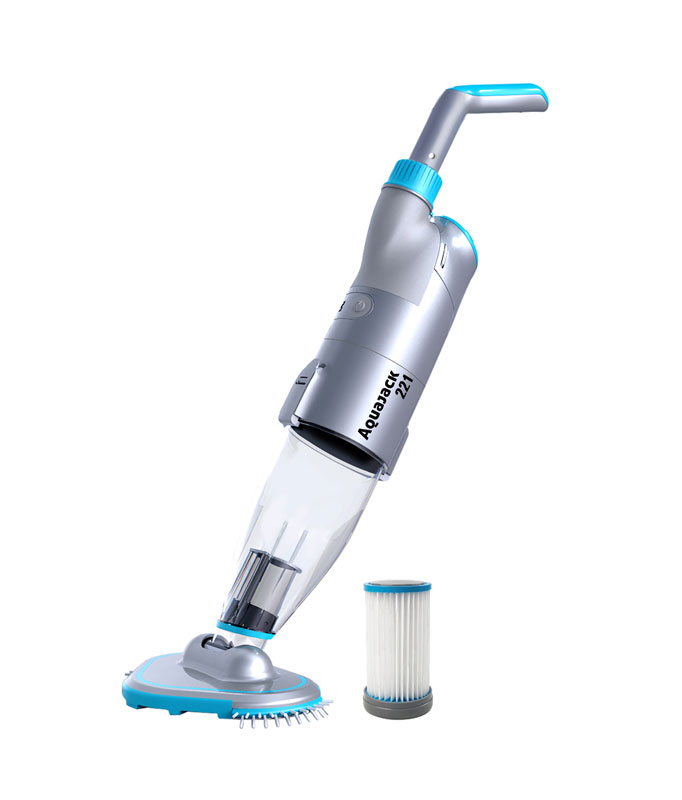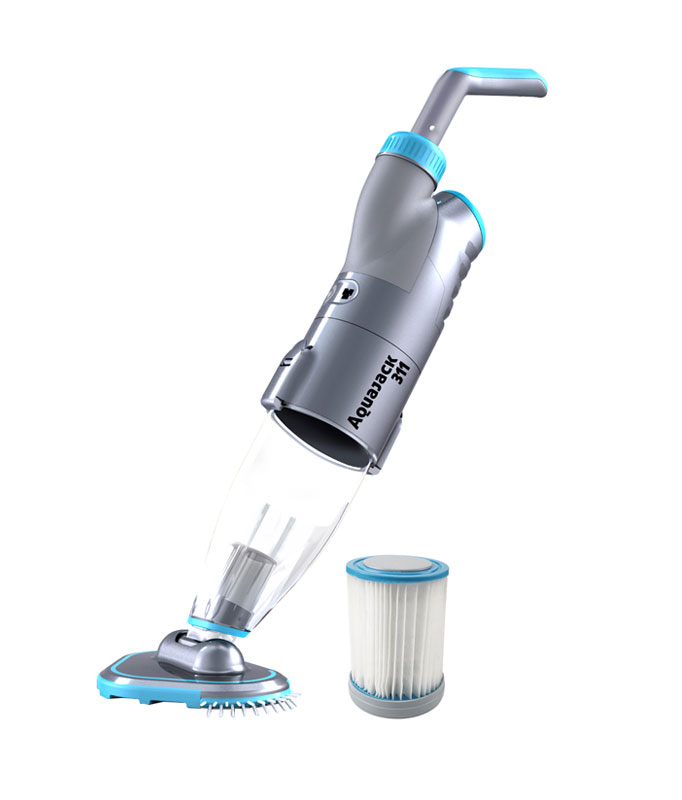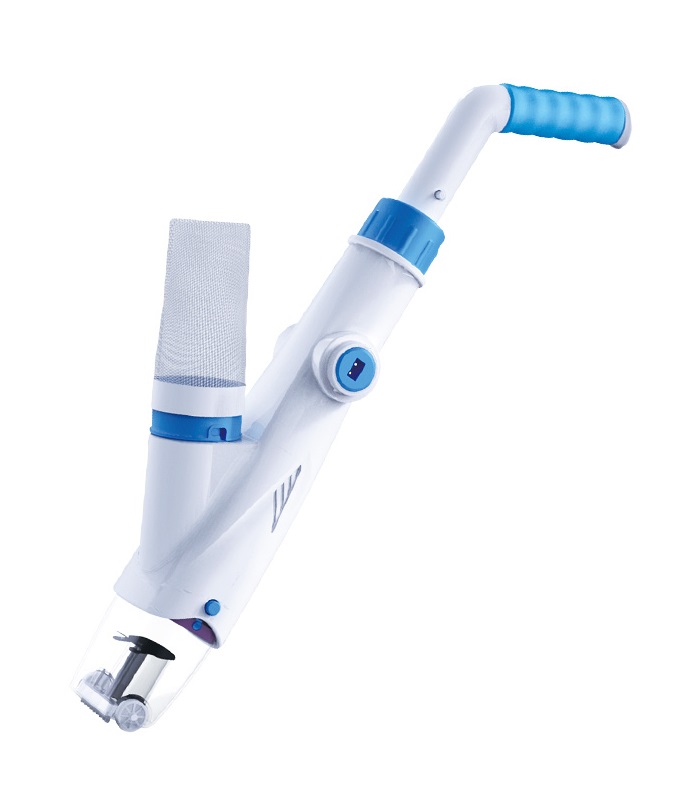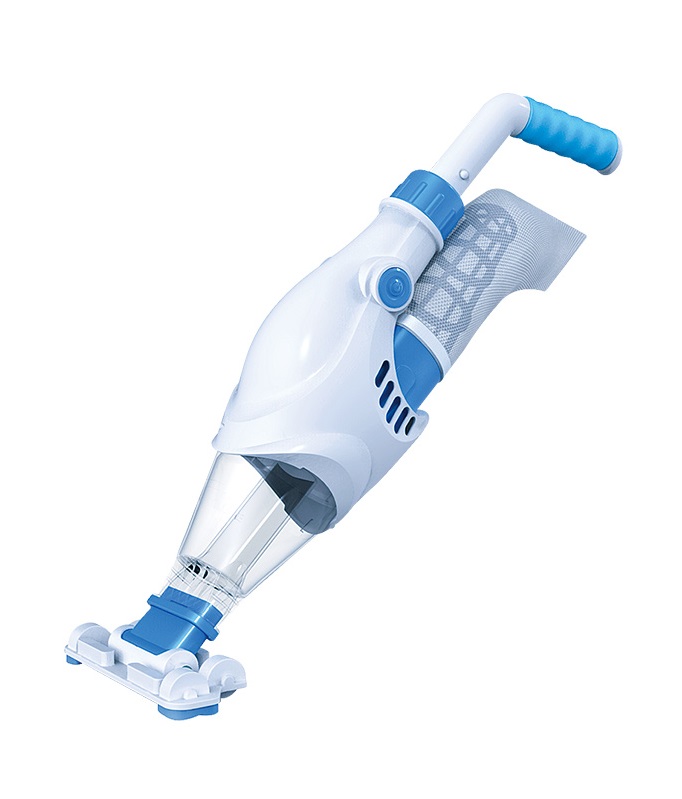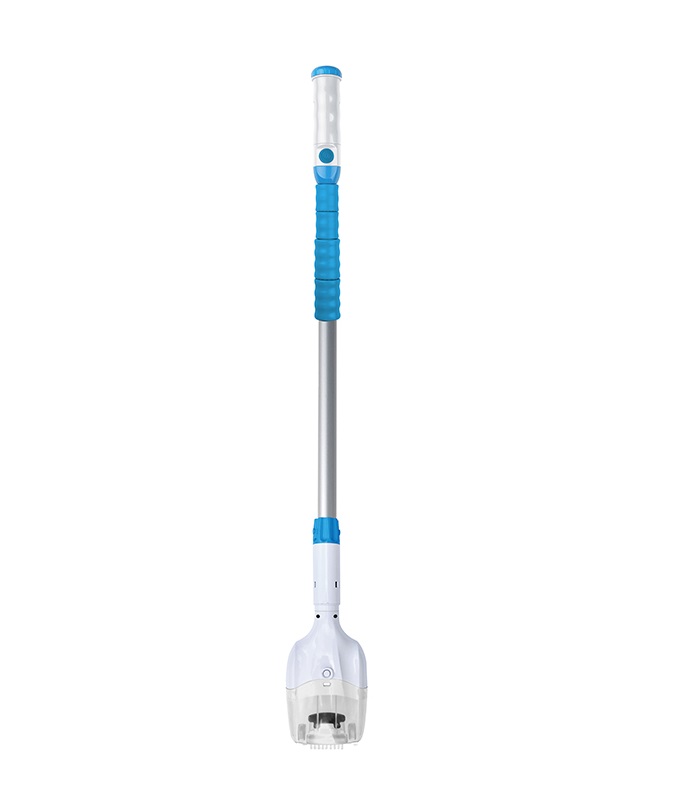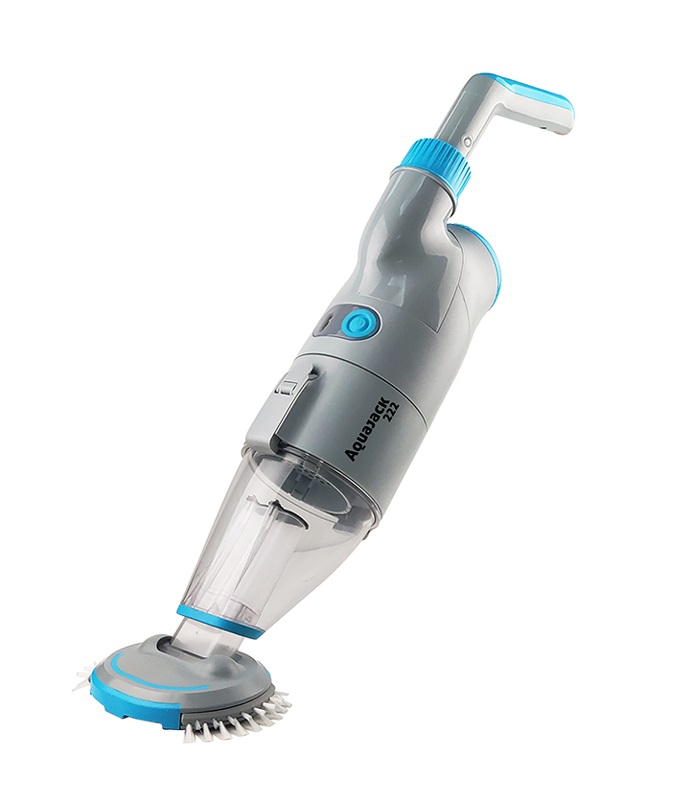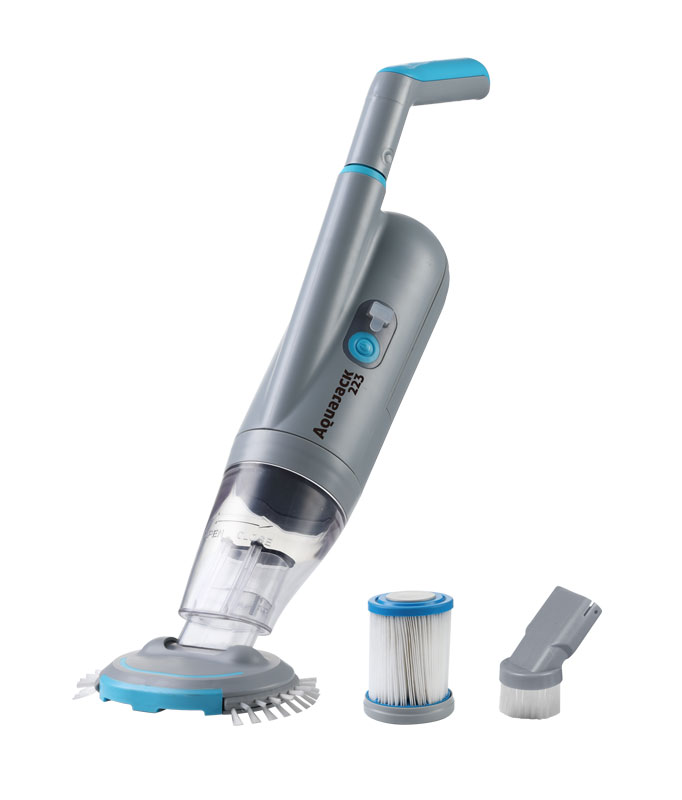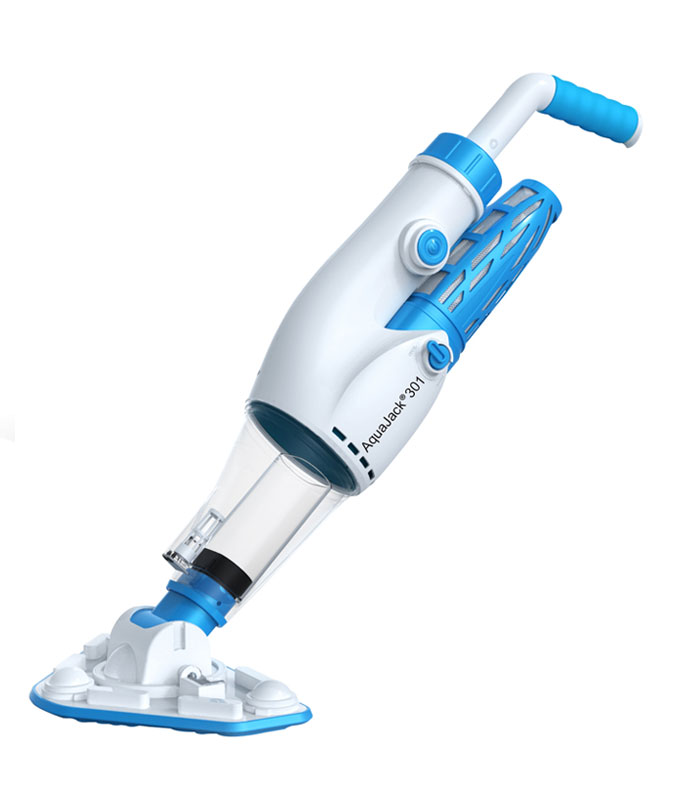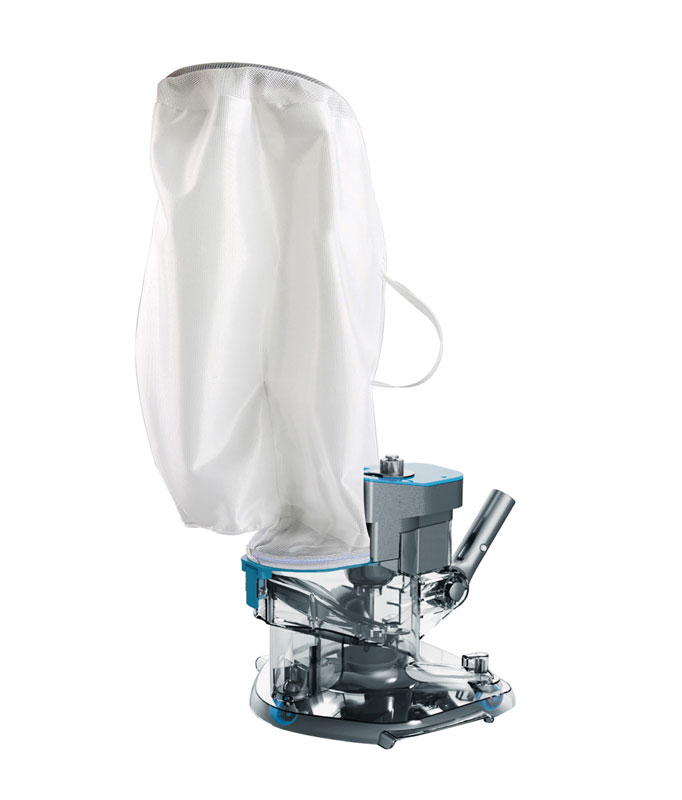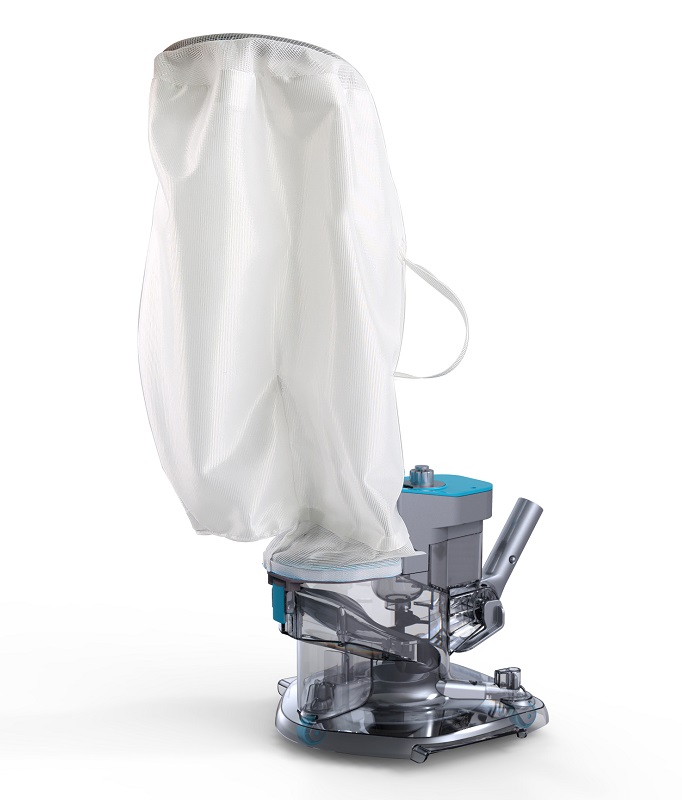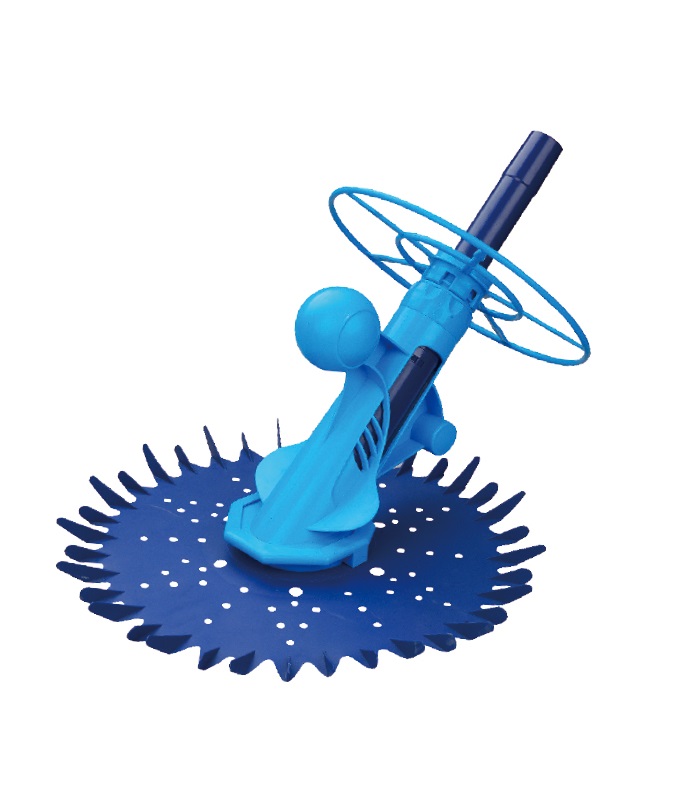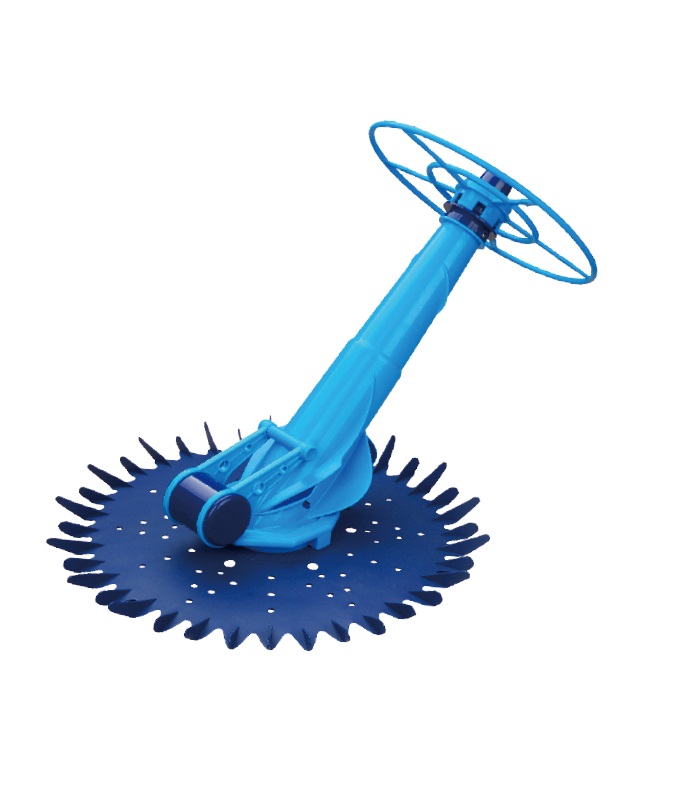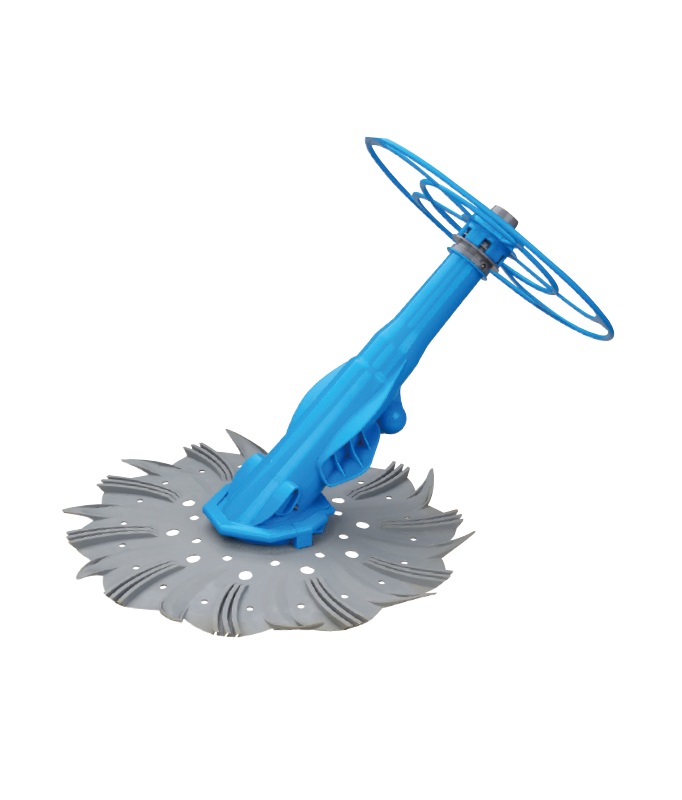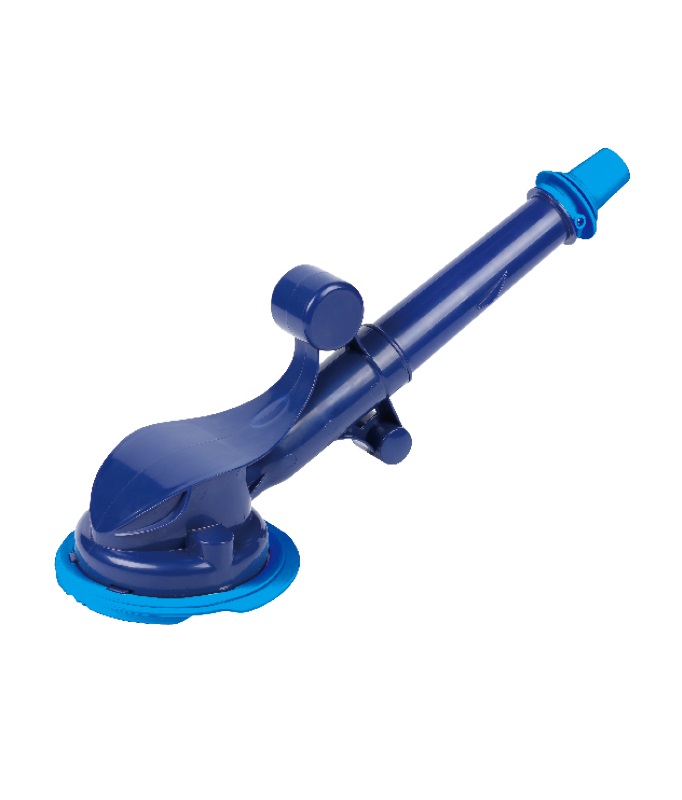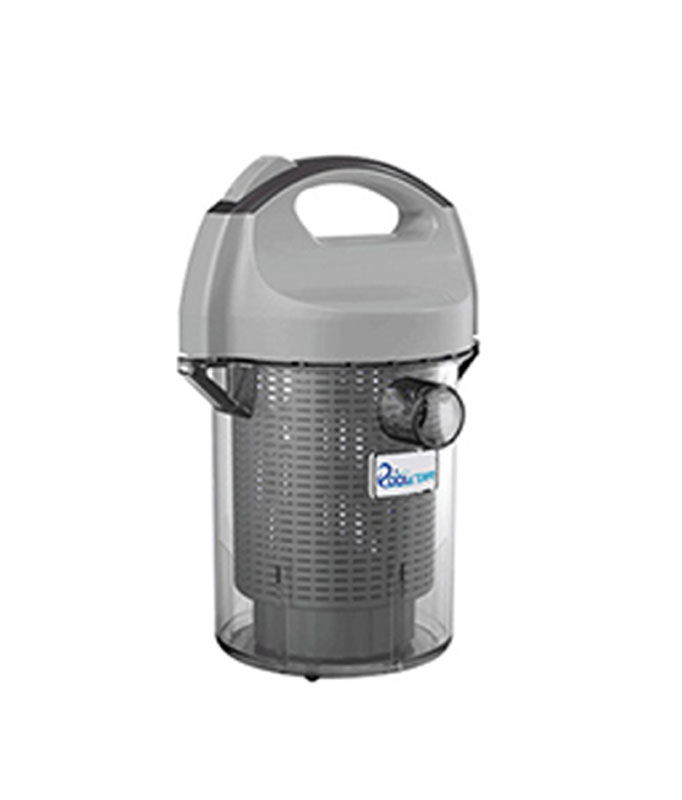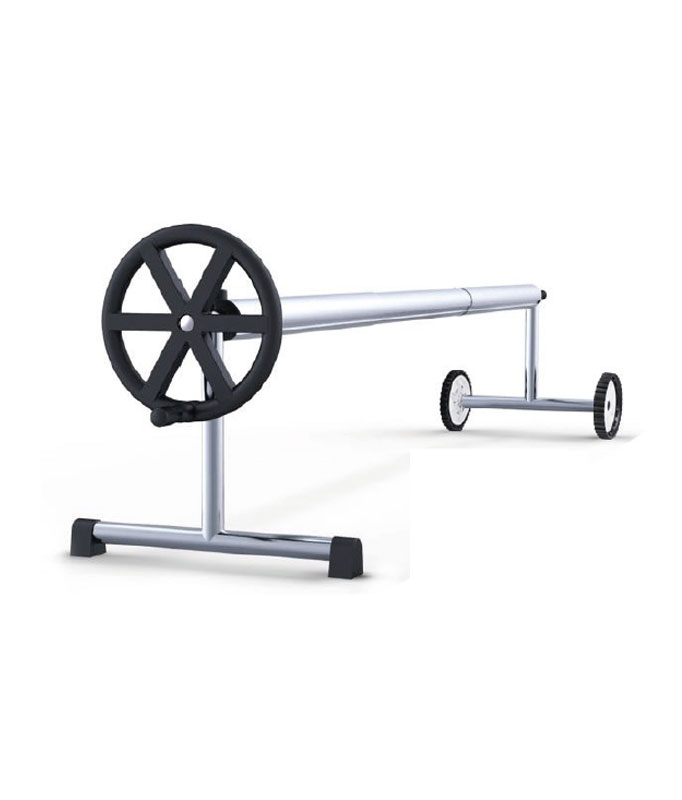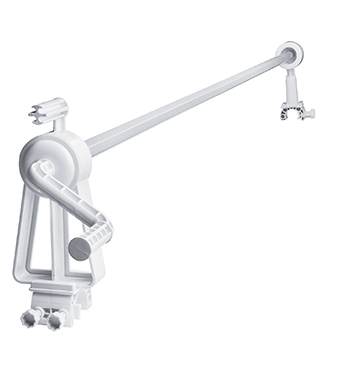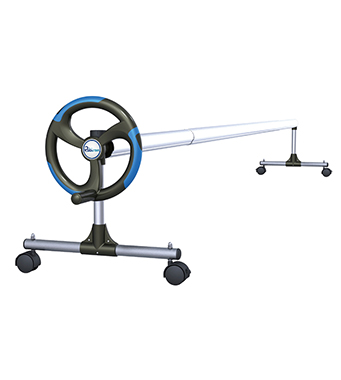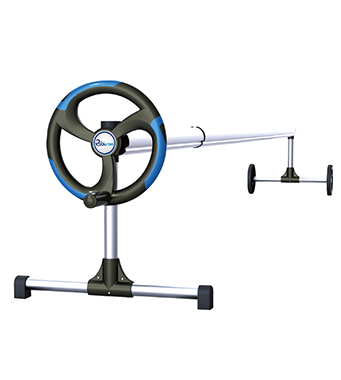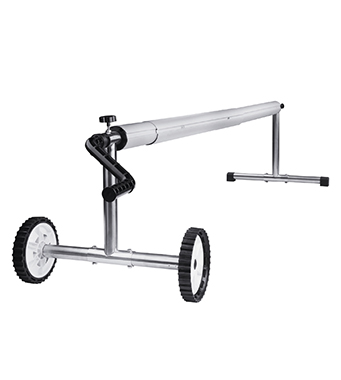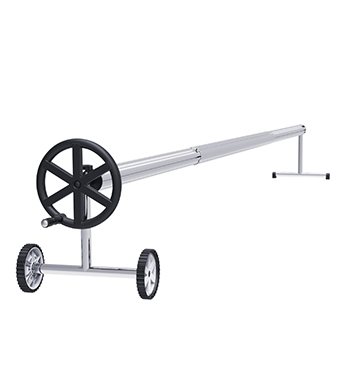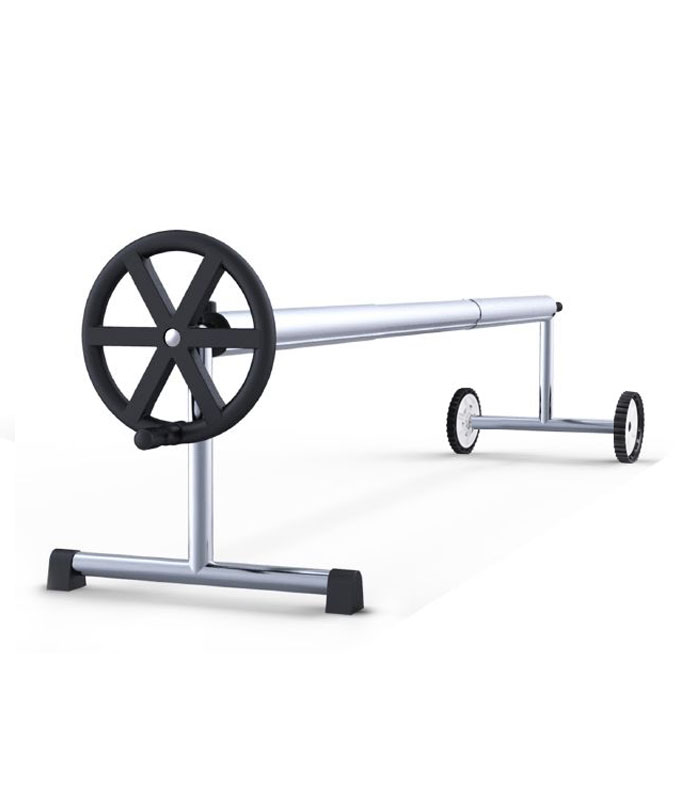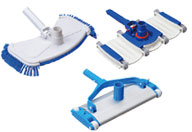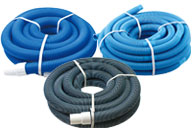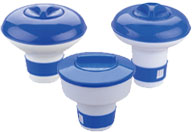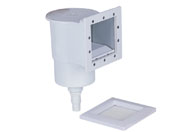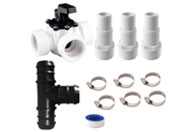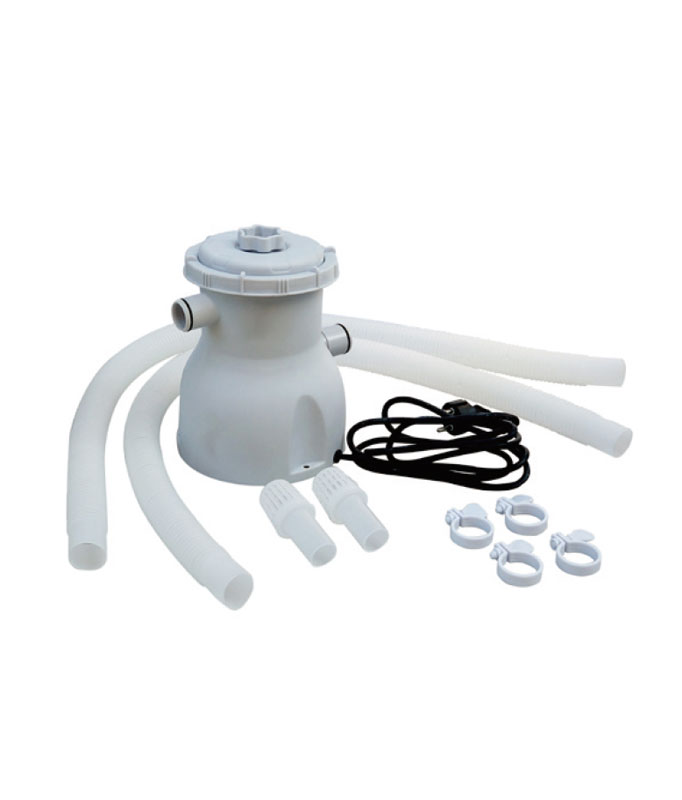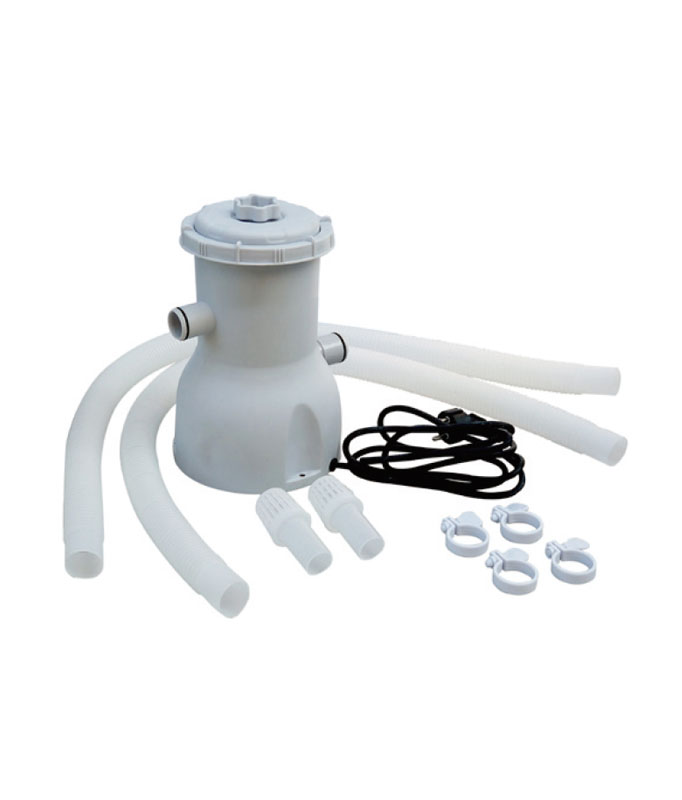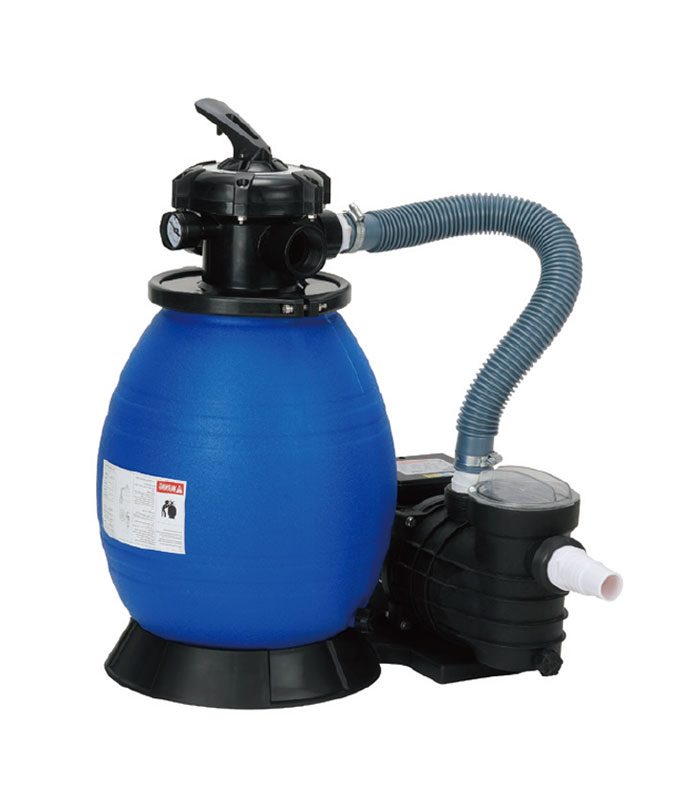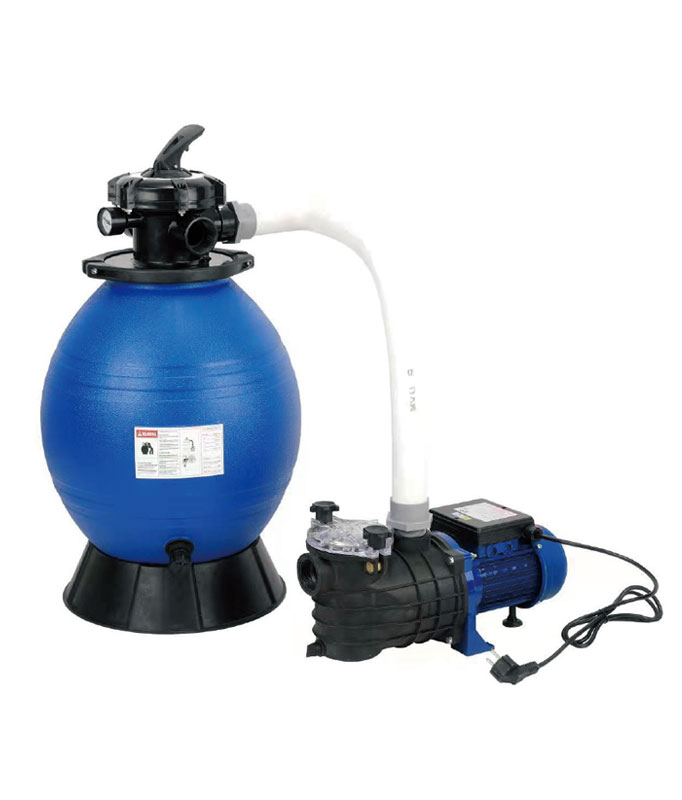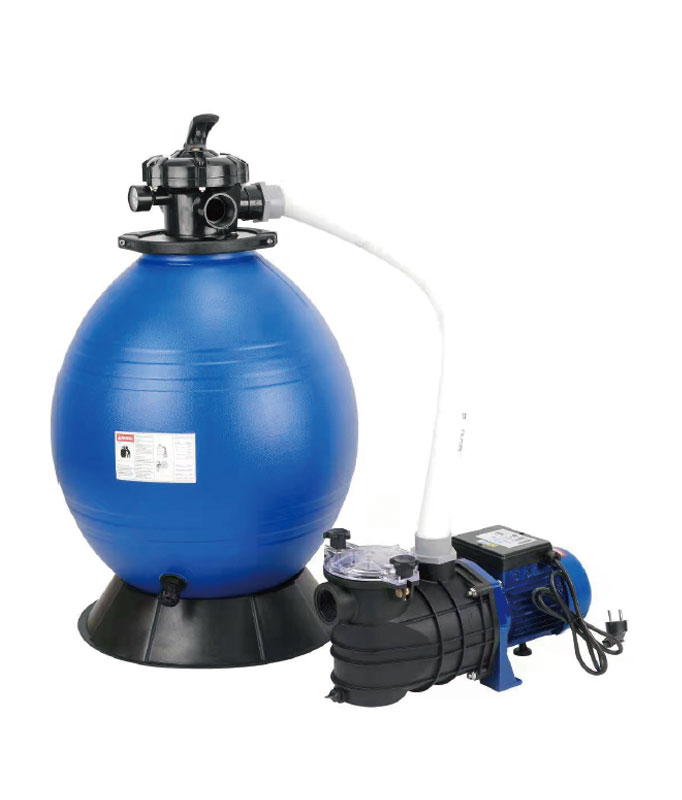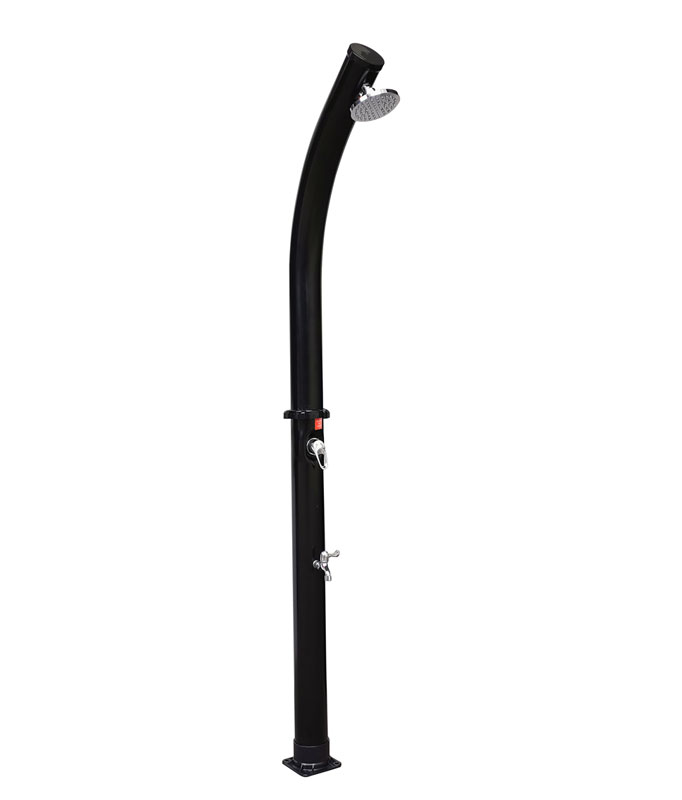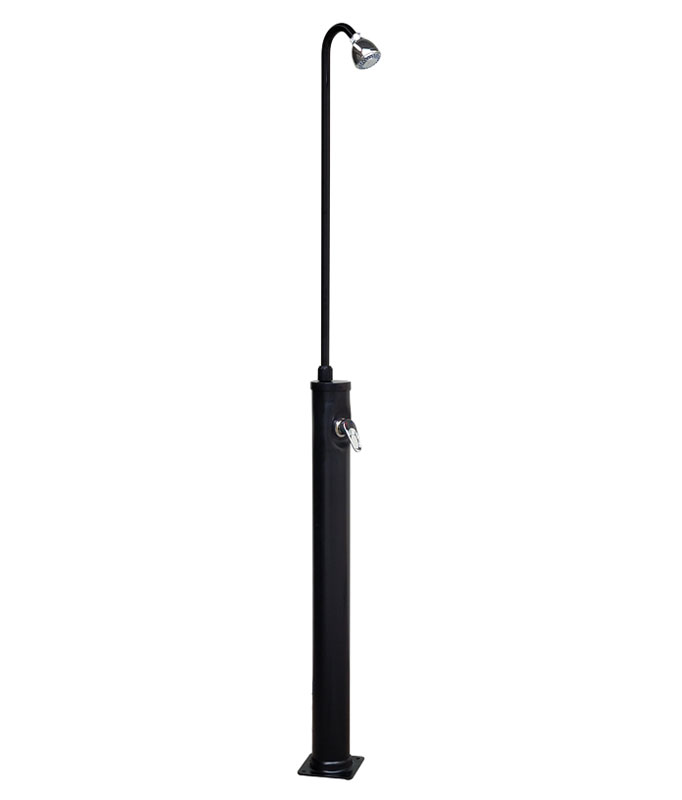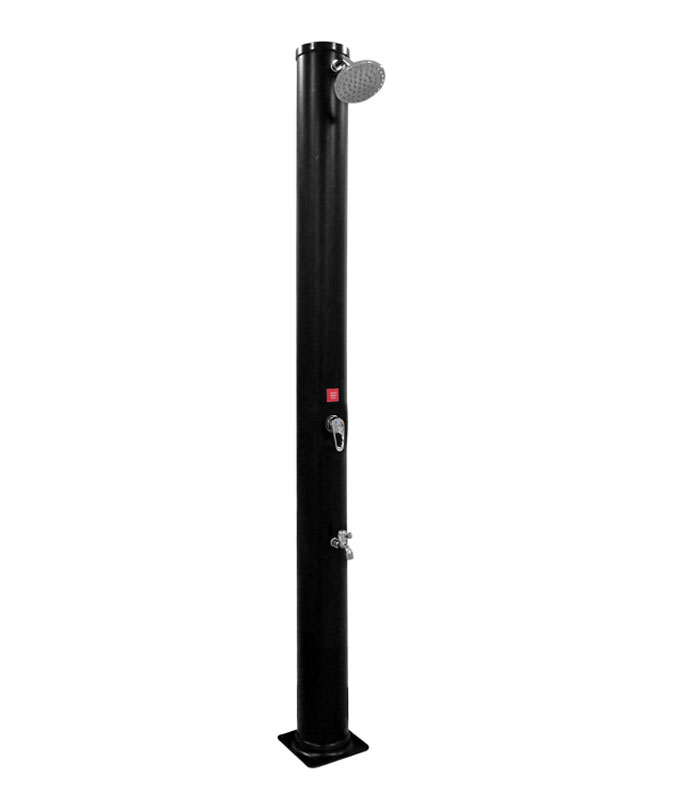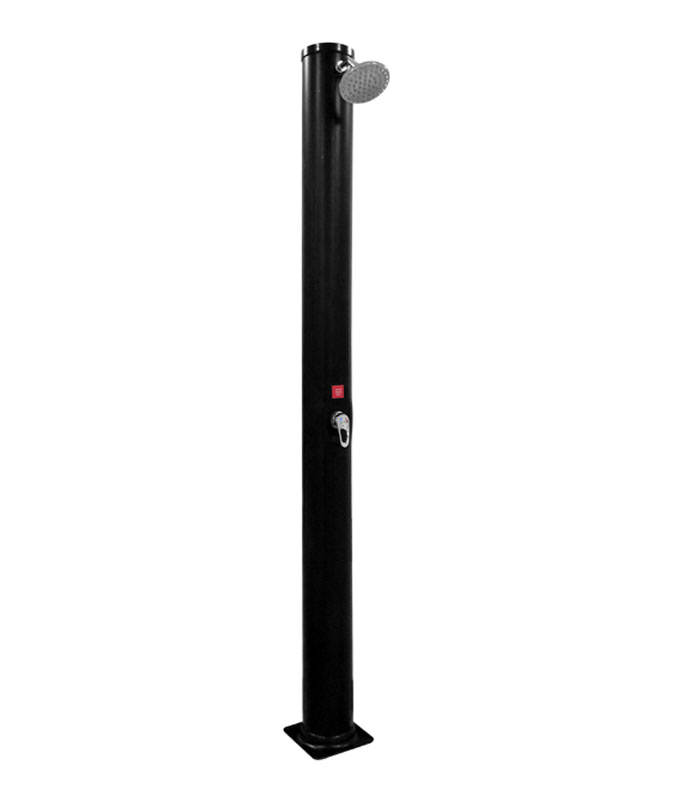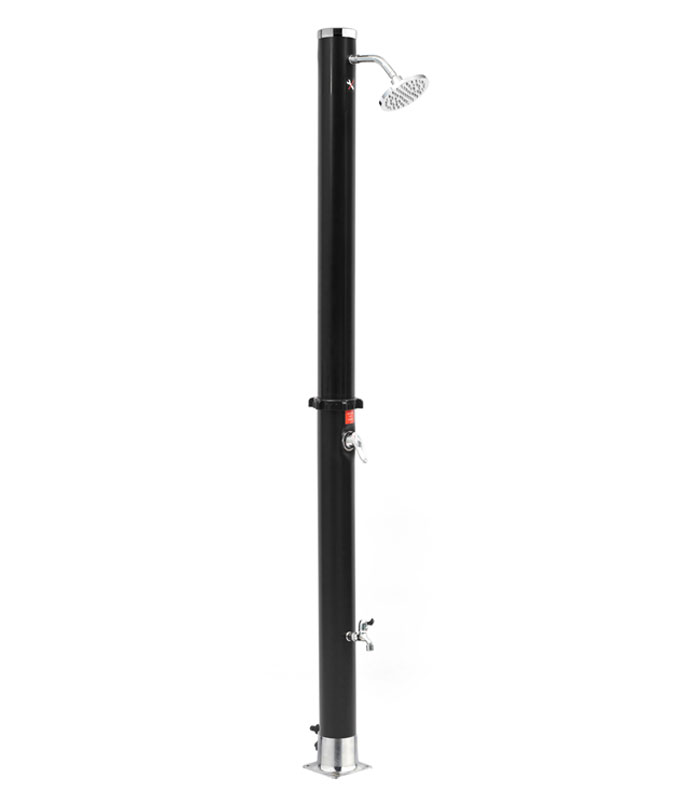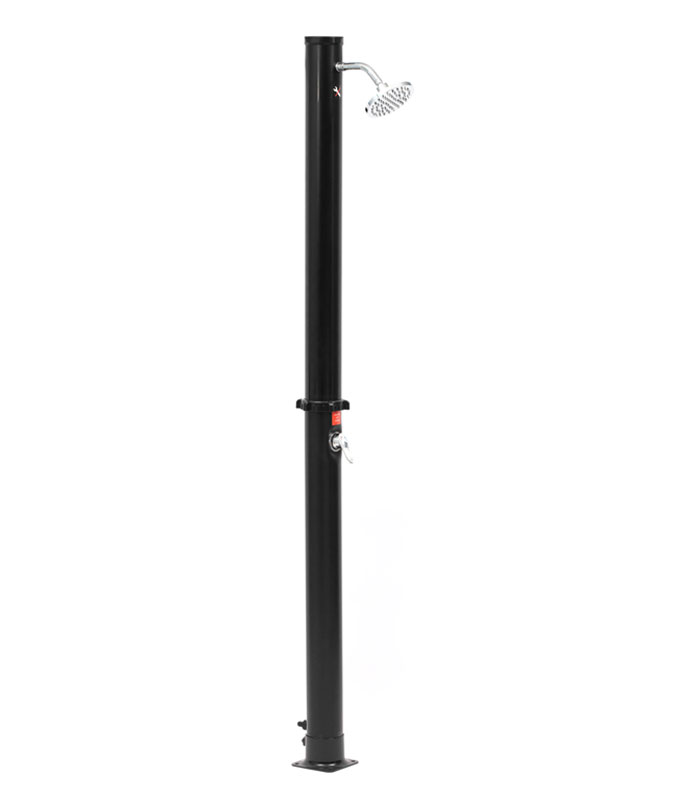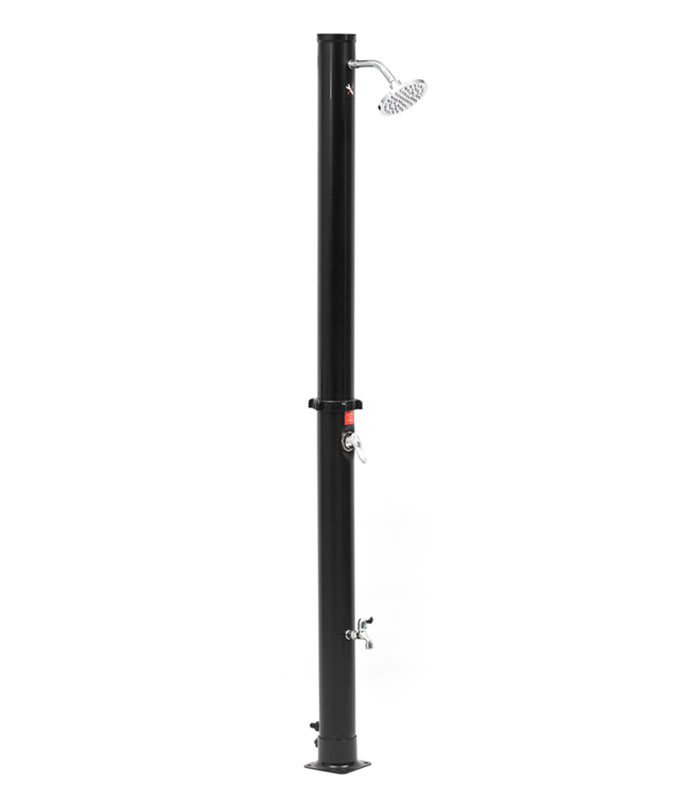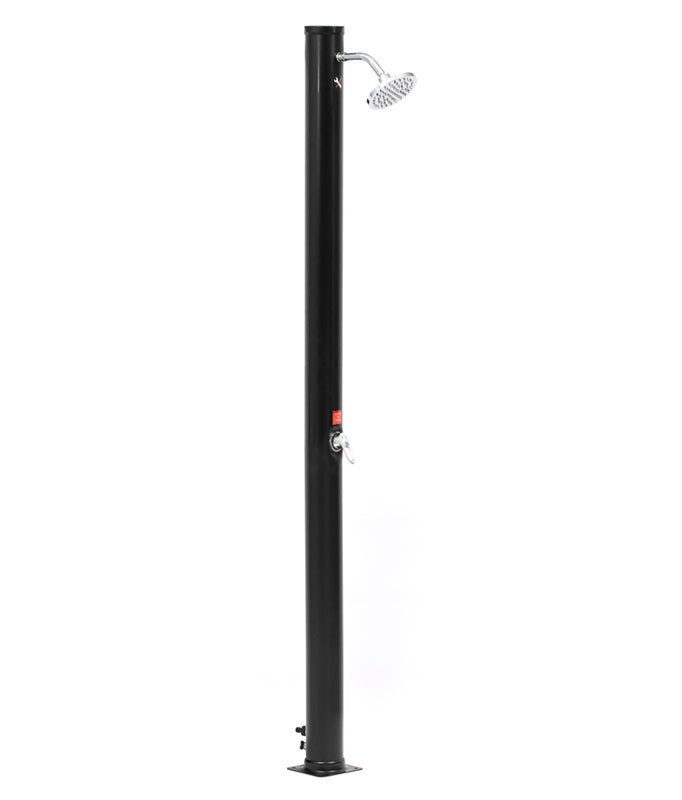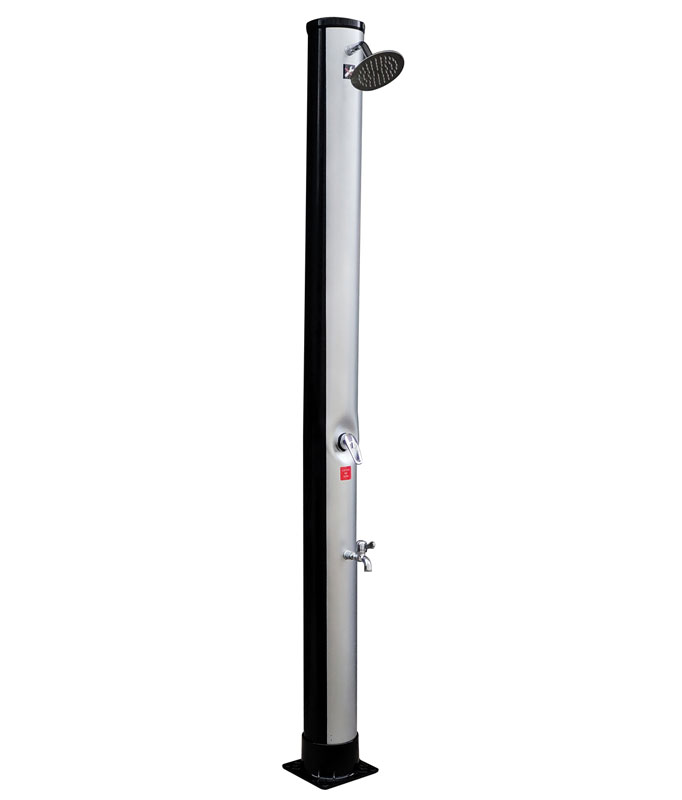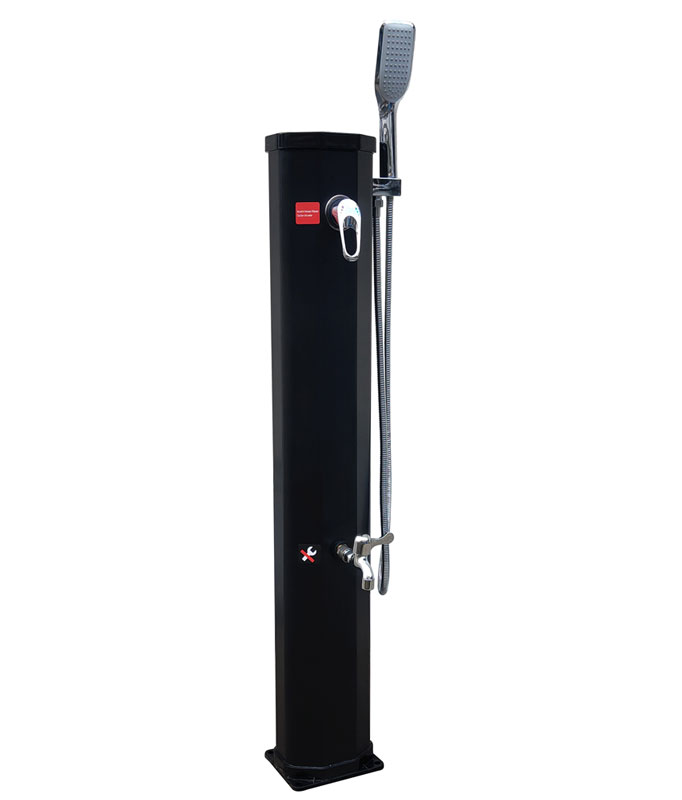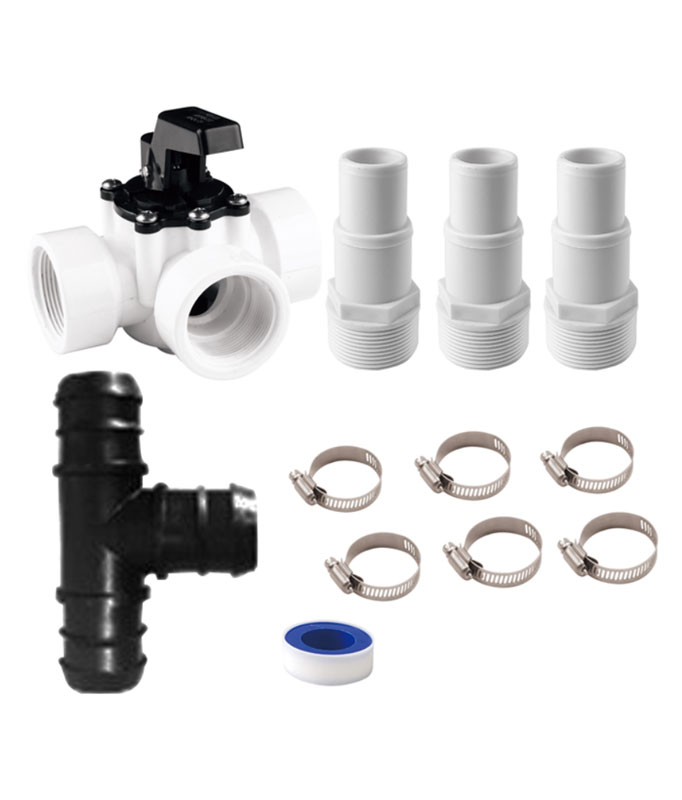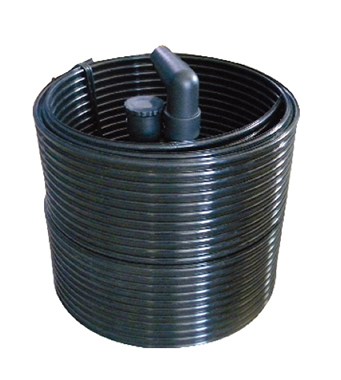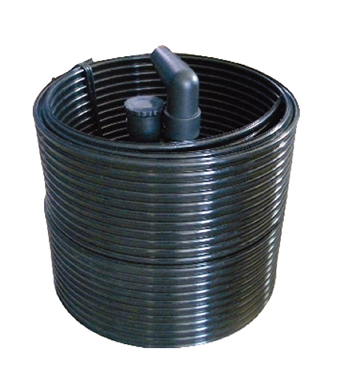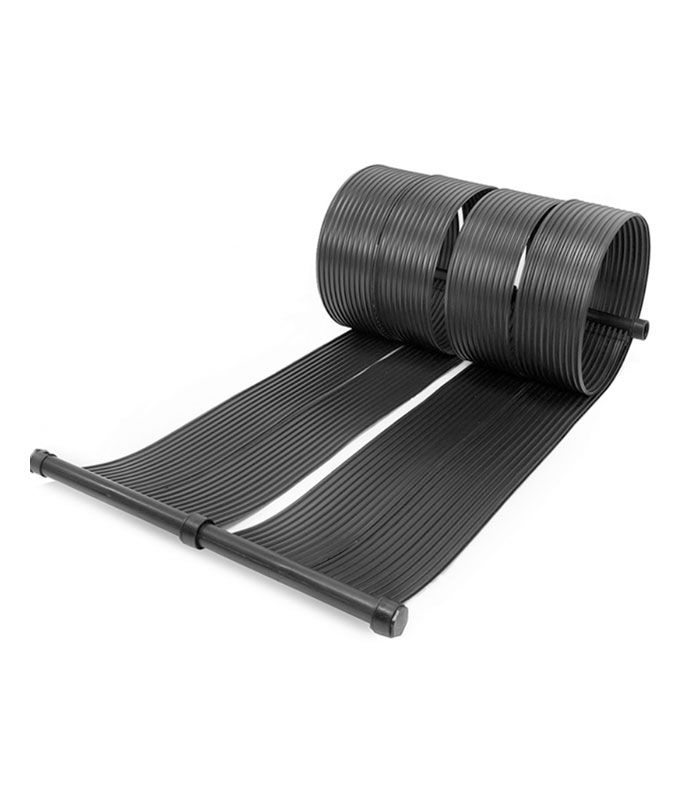Proper battery care ensures your robotic pool cleaner stays reliable throughout its lifespan. Winter storage can harm lithium batteries if not managed correctly. Neglecting care leads to damage, reduced performance, and costly replacements. By following the Winter maintenance list: 6-step rule for lithium Battery Storage of Robot Swimming pool cleaners, you save money and extend battery life. Learn more about robotic pool cleaners at https://www.cnpoolstar.com/product/aquajack-800-cordless-robotic-pool-cleaner-440.html.
Key Takeaways
- Keep your pool cleaner's battery in a cool, dry spot. The temperature should stay between 50°F and 77°F to avoid damage.
- Fully charge the battery before storing it. During winter, keep the charge between 40% and 60% for best performance.
- Check the battery every month for swelling or leaks. Use a case to protect it from getting damaged.
Risks of Improper Lithium Battery Storage
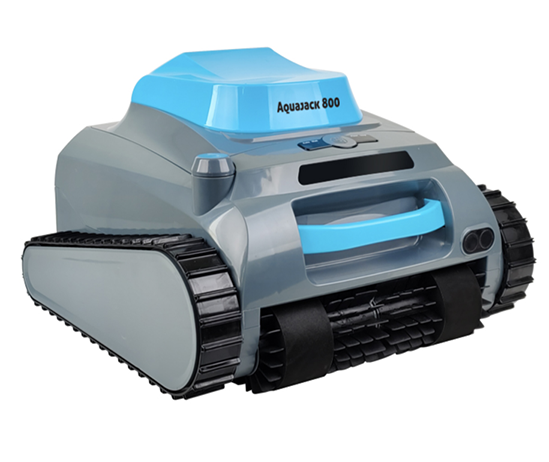
Battery degradation from extreme temperatures
Lithium batteries are sensitive to temperature changes. When exposed to extreme heat or cold, their chemical structure weakens. This leads to reduced capacity and shorter battery life. If you store your robotic pool cleaner in a garage or shed that isn’t temperature-controlled, the battery may degrade faster.
Tip: Keep the storage area between 50°F and 77°F to protect the battery from temperature-related damage.
Capacity loss due to overcharging or undercharging
Improper charging habits harm lithium batteries. Overcharging causes the battery to heat up, which damages its internal components. Undercharging, on the other hand, leaves the battery in a low-energy state that accelerates capacity loss.
To avoid these issues, monitor the battery’s charge level before storage. Aim for a charge between 40% and 60%. This range keeps the battery stable during long periods of inactivity.
- What happens if you overcharge?
- Reduced battery efficiency
- Increased risk of overheating
- What happens if you undercharge?
- Permanent capacity loss
- Difficulty recharging in the future
Safety concerns like leaks or swelling
Improper storage increases the risk of battery leaks or swelling. These issues occur when the battery’s internal pressure builds up due to physical damage or exposure to extreme conditions. Swollen batteries can rupture, while leaks release harmful chemicals.
Warning: Never store batteries near sharp objects or in humid environments. Use a protective case to prevent physical damage.
By understanding these risks, you can take steps to ensure your robotic pool cleaner’s battery remains safe and functional during winter storage.
Winter Maintenance List: 6-Step Rule for Lithium Battery Storage of Robot Swimming Pool Cleaners
Proper storage of lithium batteries during winter ensures your robotic pool cleaner remains efficient and safe. Follow this Winter maintenance list: 6-step rule for lithium Battery Storage of Robot Swimming pool cleaners to protect your investment and extend its lifespan.
Step 1: Fully charge the battery before storage
Before storing your robotic pool cleaner, charge the battery to 100%. A fully charged battery prevents deep discharge, which can damage its internal components. This step ensures the battery remains in good condition during the initial phase of storage.
Tip: Use the manufacturer-recommended charger to avoid overcharging or undercharging.
Step 2: Store in a cool, dry, and temperature-controlled area
Choose a storage location that is free from moisture and maintains a stable temperature. Lithium batteries are sensitive to humidity and temperature fluctuations. A cool, dry environment minimizes the risk of corrosion and degradation.
- Ideal storage conditions:
|
Temperature Range |
Humidity Level |
|
50°F to 77°F |
Below 50% |
Avoid storing the battery in basements or garages prone to dampness.
Step 3: Maintain a charge level of 40-60% during storage
After the initial full charge, discharge the battery to a level between 40% and 60%. This range is optimal for long-term storage. A fully charged battery may experience stress over time, while a completely discharged one risks permanent damage.
Note: Check the battery’s charge level every month and recharge it if it drops below 40%.
Step 4: Use protective cases to prevent physical damage
Store the battery in a protective case to shield it from accidental impacts or scratches. Physical damage can compromise the battery’s safety and performance. A sturdy case also prevents exposure to dust and debris.
Warning: Never place heavy objects on top of the battery, even when it’s in a case.
Step 5: Avoid exposure to freezing or excessively hot conditions
Extreme temperatures can harm lithium batteries. Freezing conditions slow down the chemical reactions inside the battery, while excessive heat accelerates degradation. Keep the battery away from windows, heaters, or uninsulated areas.
Reminder: If you live in a region with harsh winters, consider using a climate-controlled storage unit.
Step 6: Check battery health monthly during storage
Inspect the battery at least once a month. Look for signs of swelling, leaks, or corrosion. Test the charge level and recharge if necessary. Regular checks help you identify potential issues early, ensuring the battery remains safe and functional.
Pro Tip: Use a multimeter to measure the battery’s voltage and confirm its health.
By following this Winter maintenance list: 6-step rule for lithium Battery Storage of Robot Swimming pool cleaners, you can protect your battery from damage and ensure your robotic pool cleaner operates efficiently when spring arrives.
Common Mistakes to Avoid
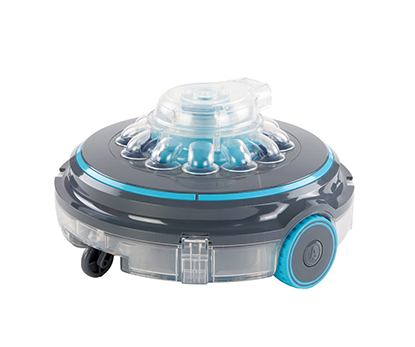
Leaving batteries fully discharged for long periods
One of the most common mistakes is storing lithium batteries in a fully discharged state. When a battery remains completely drained for an extended time, it can enter a deep discharge state. This condition makes it difficult or even impossible to recharge the battery later.
Tip: Always charge your battery to at least 40% before storing it. This ensures the internal components remain active and prevents irreversible damage.
Leaving the battery discharged not only shortens its lifespan but also reduces its efficiency. You may notice your robotic pool cleaner struggling to hold a charge when spring arrives.
Storing in damp or humid environments
Humidity is a silent enemy of lithium batteries. Storing your battery in a damp or humid area can lead to corrosion of its internal components. Over time, this corrosion weakens the battery and increases the risk of leaks or swelling.
- Avoid these storage locations:
- Basements prone to flooding
- Garages with poor ventilation
- Outdoor sheds exposed to weather changes
Reminder: Choose a dry, temperature-controlled space to keep your battery safe from moisture-related damage.
Ignoring battery health before spring use
Many people forget to check their battery’s condition before using it again in spring. This oversight can lead to unexpected failures or safety hazards. A neglected battery may show signs of swelling, leaks, or reduced capacity, all of which can affect your robotic pool cleaner’s performance.
Pro Tip: Inspect your battery a month before pool season begins. Look for physical damage and test its charge level. Addressing issues early ensures your pool cleaner is ready to go when you need it.
By avoiding these mistakes, you can protect your battery and enjoy a hassle-free pool cleaning experience year after year.
Long-Term Benefits of Proper Storage
Prolonged battery lifespan and efficiency
Proper storage practices significantly extend the lifespan of your robotic pool cleaner’s battery. Lithium batteries degrade faster when exposed to extreme conditions or improper charge levels. By following the Winter maintenance list: 6-step rule for lithium Battery Storage of Robot Swimming pool cleaners, you reduce stress on the battery’s internal components. This ensures it retains its capacity and efficiency over time.
A well-maintained battery delivers consistent performance. You’ll notice your robotic pool cleaner operating at peak efficiency, even after years of use. This reliability saves you from the frustration of unexpected breakdowns during pool season.
Tip: Regularly checking the battery’s health during storage prevents minor issues from becoming major problems.
Reduced maintenance and replacement costs
Neglecting battery care often leads to costly repairs or replacements. A damaged battery not only affects your pool cleaner’s performance but also adds to your expenses. Proper storage minimizes wear and tear, reducing the need for frequent maintenance.
When you store the battery in a cool, dry place and maintain an optimal charge level, you avoid unnecessary damage. This proactive approach saves money in the long run. You won’t have to replace the battery prematurely, allowing you to allocate your budget to other pool maintenance needs.
Reliable performance of robotic pool cleaners
A well-stored battery ensures your robotic pool cleaner performs reliably when you need it most. Batteries that are properly charged and stored in ideal conditions retain their energy capacity. This means your pool cleaner will run smoothly and efficiently, covering every corner of your pool without interruptions.
Reminder: Inspect the battery before spring use to ensure it’s ready for action. A quick check can save you from unexpected delays in getting your pool ready for the season.
By adopting proper storage habits, you not only protect your battery but also enhance the overall performance of your robotic pool cleaner. This ensures a hassle-free and enjoyable pool cleaning experience year after year.
Proper lithium battery storage keeps your robotic pool cleaner efficient and safe. Following the Winter maintenance list: 6-step rule for lithium Battery Storage of Robot Swimming pool cleaners prevents damage and extends battery life. Implement these tips to save money and enjoy reliable performance when pool season begins.
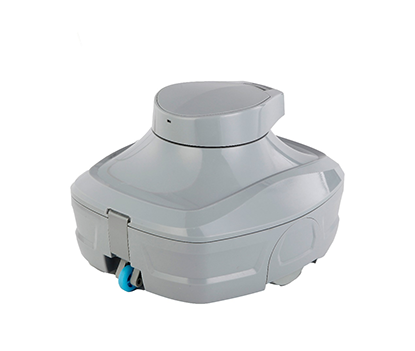
FAQ
How often should you check the battery during winter storage?
Inspect the battery monthly. Look for swelling, leaks, or corrosion. Test the charge level and recharge if it drops below 40%.
Tip: Use a multimeter for accurate voltage readings.
Can you store the robotic pool cleaner with the battery inside?
Remove the battery before storage. Keeping it inside risks exposure to moisture or temperature changes, which can damage both the battery and the cleaner.
Reminder: Always store the battery separately in a protective case.
What happens if you forget to charge the battery before spring use?
A neglected battery may lose capacity or fail to recharge. Inspect it early and charge it to 40-60% before use to avoid performance issues.
Warning: Deep discharge can permanently damage the battery.

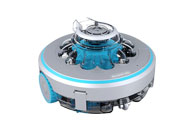 Robotic Pool Cleaner
Robotic Pool Cleaner 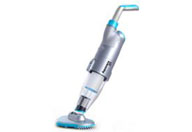 Portable Pool Vacuum Cleaner
Portable Pool Vacuum Cleaner 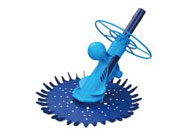 Automatic Pool Cleaner
Automatic Pool Cleaner 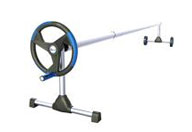 Pool Cover Reel
Pool Cover Reel  Pool Cleaning Accessories
Pool Cleaning Accessories 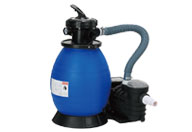 Pool Filter Pump
Pool Filter Pump 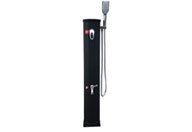 Pool Solar Shower
Pool Solar Shower 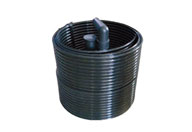 Pool Solar Collector
Pool Solar Collector 